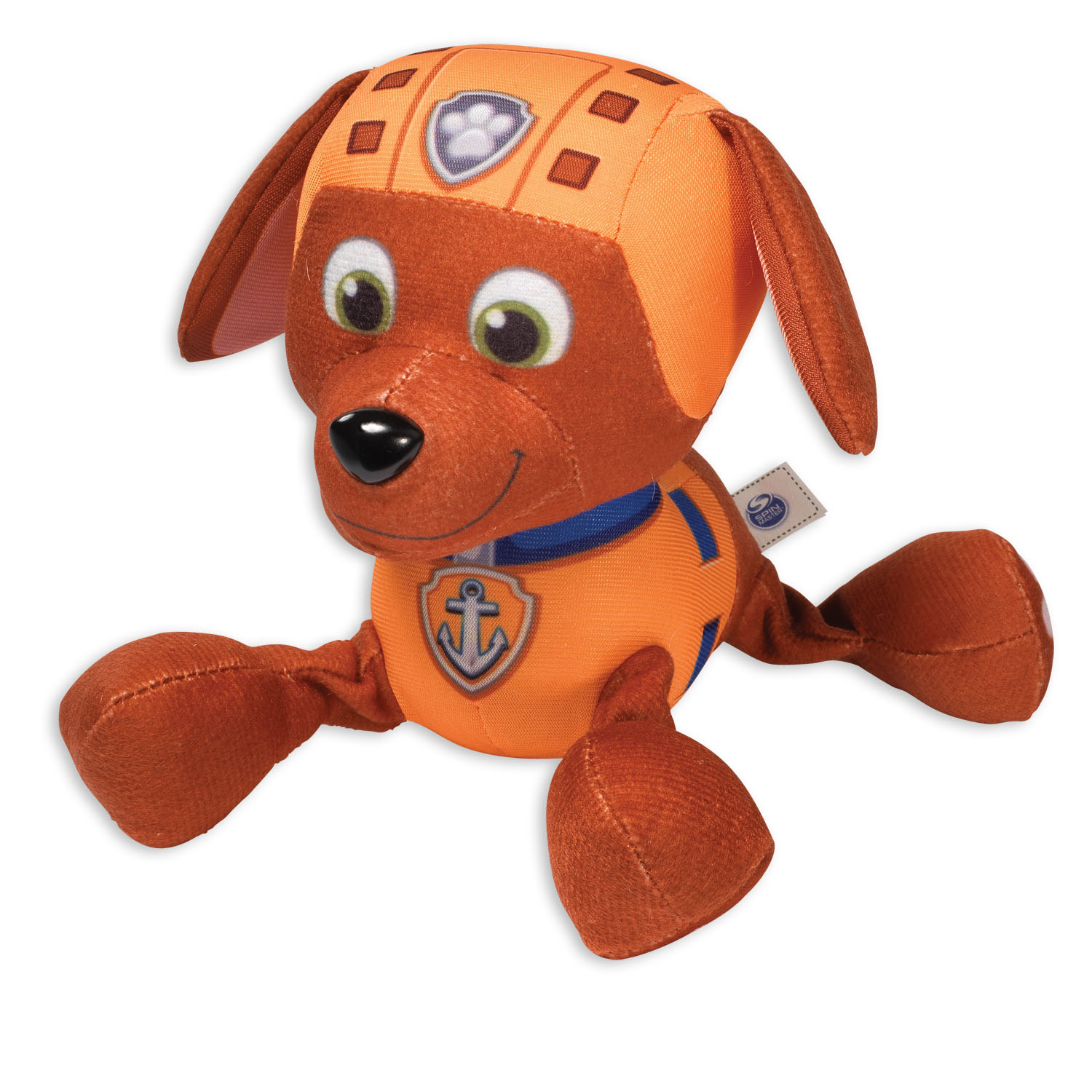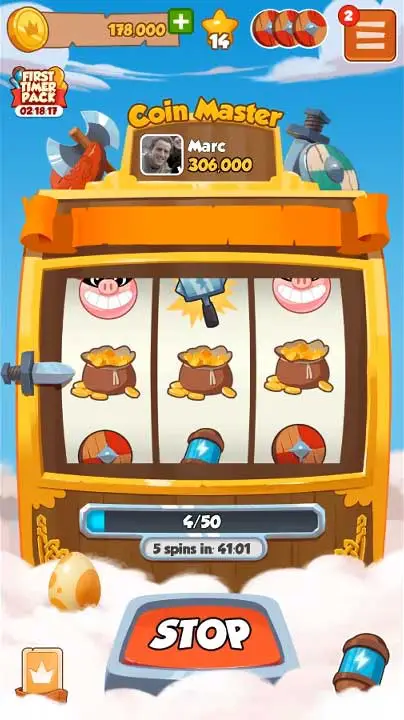Call Master Free Spin
No matter what you want to play, we've got your game. The hottest slots including China Shores, African Diamond and many more are now free to play online. Chances of getting specific cards in Coin Master are not even. Some cards are harder to get than others. In order to get rare cards you buy a lot of chests and be lucky or trade them with others (or get them gifted). If not gifted the best way to trade is trading for same value cards. Welcome to CoinMasterBlog. It is well designed for coin master free spins and coins links 2019. We list 100% tested links for coin master spins and coins. Note: We recommended you to collect all links from here so you get all the rewards. Coin Master Constantly shares free rewards in their social media accounts such as free spins, free coins, events invites and much more. The rewards can go up to 75 free spins, but usually they share links to 10 and 25 free spins. Coin Master free spins rewards examples Invite Friends to play Coin Master.
What are the SPIN selling questions?
- Situation: Establish buyer’s current situation.
- Problem: Identify problems the buyer faces that your product solves.
- Implication: Explore the causes and effects of those problems.
- Need-Payoff: Show why your product is worth it.
Did you know that 70% of purchasing decisions are made to solve a particular problem? Sounds like Sales 101, right? And yet if closing a sale were that easy, there wouldn’t be countless articles, books, and seminars on how to do it.
Call Master Free Spin App
No two sales scenarios are alike, and neither are two customers. Sales orgs need to cut through the clutter and get to the heart of what a client really needs—and that’s where SPIN selling comes in.

What is SPIN selling?
Before diving into the specifics of SPIN selling, let’s establish the basics. This section will provide a brief overview of SPIN selling, including its purpose, history, and development.
SPIN Selling is a sales book written by Neil Rackham, first published in 1988. In this book, Rackham establishes the SPIN selling methodology, a sales technique created to help anticipate and navigate tough sales situations.
The SPIN sales method is built around four types of questions—these four categories give SPIN its name. SPIN stands for:
- Situation
- Problem
- Implication
- Need-Payoff

Simply put, the SPIN technique is a sequence of questions—not predefined questions to be quoted verbatim, but types of questions to be asked in a particular order. During a sales call, a salesperson opens with situation questions, progresses to problem questions, and so on. Each type of question fulfills a crucial function in the sales process, all building towards the need-payoff questions, which close the deal.
Learn about different sales methodologies and choose the one for your organization.
History and development of SPIN sales
In the 1970s, Neil Rackham set out to answer the million-dollar question for sales teams: What sets the best salespeople apart from the pack?
Twelve years later, Rackham and his team had their answer, and the SPIN selling method was created. Their findings—culled from over 35,000 sales calls, the largest study of its kind—disproved several widespread sales practices. Open-ended questions, for example, were shown to have no measurable effect on the success of a sale.
Instead, Rackham found that when it comes to asking the “right questions,” timing is everything: A good salesperson asks the right question at the right moment. To be the best, then, sales teams must ask a twofold question—what questions should we be asking and when? Fortunately, the answer isn’t as complicated as you might expect.
As Rackham analyzed successful sales calls, he found a common pattern of questioning—a pattern he would later dub SPIN. Rackham developed the SPIN selling method as a framework to guide salespeople through any sales call. By outlining categories of questions rather than hyper-specific questions, Rackham leaves room for flexibility. SPIN selling is designed to take away some of the ambiguity and difficulty in closing a sale and identify common themes that can help a sales rep create a real connection with a customer.
Since its publication in 1988, SPIN Selling has become one of the most popular guides for B2B sales worldwide.
SPIN selling questions
To successfully use the SPIN selling method, you’ll need a thorough understanding of the four types of SPIN questions and how they build over the course of a sales call. Whether you’re new to SPIN selling or simply looking to brush up on it, this section will break down each category, hitting the key points. (For a complete explanation, you should read Rackham’s book—after all, we can only fit so much in a blog post.)
Situation questions
Too often, sales reps are over-eager, jumping straight into a sales pitch without understanding anything about the client’s circumstances—from the start, the focus is entirely on the product. This approach, Neil Rackham explains, is fundamentally wrong: “The best selling isn’t at all about your products and what you can offer. It’s very much about the customers and their need.”
As the name suggests, situation questions help you understand the buyer’s current situation. The goal is to gather information. To get you started, we’ve provided some SPIN situation question examples:
- What do your (the client’s) current processes look like?
- What tools are you already using?
- How often do you use them?
By starting with situation questions, sales reps establish context that is crucial to the sales process. Situation questions help you know where your client is coming from, which gives you the information you need to adjust the rest of your questions accordingly. Exploratory questions such as ones about their needs, expectations, pain points, and budget help paint an overall picture of their current business climate—and help you situate your product within that picture.
Situation questions do not replace background research. Going into a sales call, you should already know the company’s size, have a general familiarity with their products, etc.—you can find this info online. Background research should inform your situation questions, helping you ask leading questions that are relevant and company-specific.
Problem questions
Selling your product means you have a solution to offer. Problem questions help illustrate the different problems your product solves for your client. This is best done without explicitly mentioning your product—save that for the final set of questions.
Spin Master Logo
As with situation questions, problem questions should be leading. Rather than telling the client what their problems are, ask questions that lead them to identify their own problems. “We want to discover how [the client] sees the problem,” explains Rackham, “If the customer doesn’t feel they have a problem, they don’t have a problem.”
Let’s say, for example, you are selling a product management tool. The primary benefits are increased communication and efficiency—it keeps things organized, saving teams time as they work to develop a product. Your problem questions, in this case, would center around such benefits without addressing your product directly. Here are a few SPIN problem question examples:
- Do you feel that inter-team communication is as good as it can be?
- How does this impact stakeholder buy-in?

A crucial part of asking the right problem questions is anticipating obstacles they may not have even considered yet. 42% of salespeople report their biggest challenge is identifying a sense of urgency, so using your problem questions as a discovery phase is as much about finding answers for your client as it is finding answers for yourself as the sales rep.
Implication questions
Once you've targeted your client's top hurdles, this stage is designed to explore the implications of those problems. Showing your client the possible causes and effects of their most pressing pain points supports the sense of urgency you laid out in the problem questions step. Once again, avoid mentioning your product—at this point, the call is still about the customer and their needs.
Not all problems are created equal. Initially, your client may view the problems identified by your problem questions simply as inconveniences—minor problems that don’t need to be addressed. Implication questions hone in on these problems, showing the client why the problems need to be solved. For example, your implication questions might address issues such as:
- How much time is wasted on inefficient communication each week?
- How much more could your teams achieve each week without those time sinks?
- Have communication problems ever delayed product rollout?
Need-Payoff questions
This fourth set of questions, when done correctly, brings all the previous SPIN questions together. Need-Payoff questions hinge on how well the previous sets of questions went in illustrating the problem/solution relationship between your product and your client. Rather than just telling your client how your product or service can address their pain points, need-payoff questions lead your customer to those conclusions on their own.
If you’ve asked effective situation, problem, and implication questions, your client should already recognize their need for a solution—now it’s your job to make sure they choose your solution. Don’t be too direct, however. Remember that the need/payoff stage still revolves around questions. Instead of telling the client how your product can help them, ask questions that, as the client answers, show the value (or payoff) in choosing your product. Constructing effective need-payoff questions can be tricky. We’ve provided a few SPIN need-payoff question examples to point you in the right direction:
- Would a comprehensive product management tool increase stakeholder buy-in?
- Would that be valuable for your team?
Having the client connect the dots on how you can help them is a much stronger sales pitch than you simply telling them how you think you can help them.
One-sided conversations are sales killers
One-sided conversations don’t close sales—they kill them. And if you’ve ever had a friend or first (and maybe last) date who only talked about themselves, you can imagine how invisible a client can feel when a salesperson doesn’t ask them any questions. With the SPIN selling method as a guide, you can add authenticity to your sales process and be the type of salesperson that listens more than they talk.
To successfully use the SPIN sales method, you need to be responsive. Listen to the client’s answers and choose your subsequent questions accordingly. The SPIN framework isn’t meant to be rigid—take advantage of the flexibility, adapting your approach as the call progresses. For the best salespeople, the SPIN questions are second nature. They react to client input in-stride, moving seamlessly from situation questions to need/payoff.

Turn your sales around with these 3
effective strategies for SPIN selling.